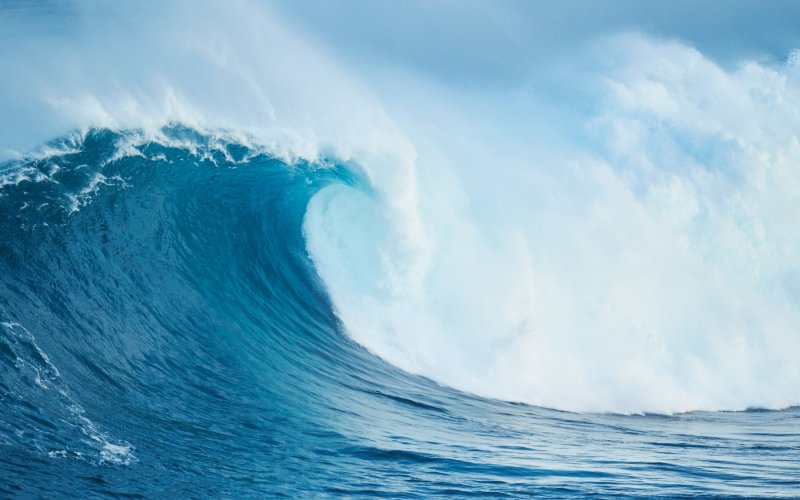A tsunami wave, like other waves, spreads in all directions but the effects of a tsunami are observed only in certain places, so it may seem that the tsunami wave is moving in only one direction. Tsunami waves are caused by an underwater earthquake and the energy released by it is used to move a large mass of water.
Just like any movement, the movement of tsunami waves is inhibited by its surroundings and therefore energy is lost. Over long distances, the energy losses can be so great that the tsunami wave will have much less energy near the coast than it originally had. The size of the losses depends on the depth and relief of the seabed, so in some directions the energy losses can be much smaller and the impact of the tsunami wave on the coast will be much more destructive.
Just for interest sake, I’ll mention that the wavelength of a tsunami wave is in the order of hundreds of kilometres! If we throw a stone into water, the distance between the two “hills” (the place with the maximum deflection) and thus the wavelength is in the order of centimetres. However, the two “hills” of the tsunami wave are hundreds of kilometres apart, which does not quite correspond with the depiction of the tsunami wave in disaster films, in which, for example, a wave of several metres rises behind the ship. The height of the tsunami wave (its amplitude) is in the order of metres and the wave propagates at a speed of around 500 m/s. All these are the reasons why the emergence of this wave cannot be detected in time.
Want to ask something?
Send us an e-mail with the subject “Physics mysteries” to the address:
We can't wait to tackle your interesting questions!





